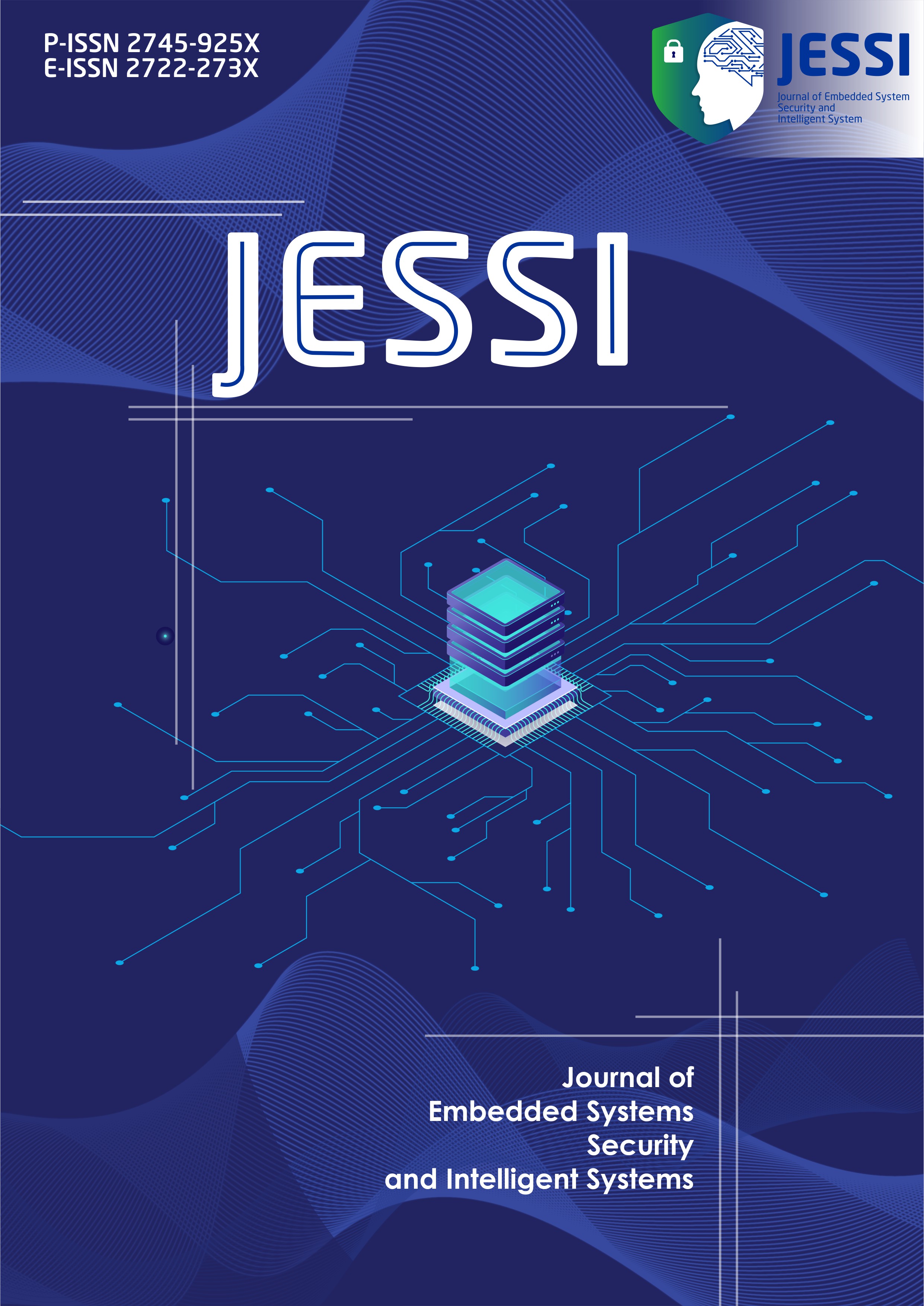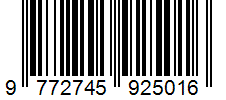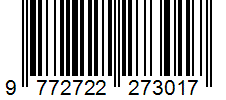Classification of Bugis and Makassar Lontara Texts with Viterbi Algorithm
Keywords:
Classification, Lontara, Viterbi AlgorithmAbstract
The Bugis and Makassar ethnic groups are among those originating from South Sulawesi, characterized by the use of the Lontara Bugis and Makassar scripts. The data utilized in this research consists of image data as the initial input. Subsequently, preprocessing is conducted where the data is cropped to obtain 168x168 pixel dimensions for each word. The cropped images are then labeled. In this study, labeling involves the conversion of Lontara script into Latin words. The same procedure is applied to each letter. Next, the obtained words are categorized into two classes: Bugis language and Makassar language. The next stage is processing, where the Viterbi algorithm is employed to determine the priority within a sentence used in the training and testing processes. Python programming language is used in this research. The research utilizes image data processed in the aforementioned preprocessing stage. The data transformed from Lontara script into Latin words is used in the Viterbi process. The Viterbi algorithm tests the data from the inputted sentences. Based on the research results, it is concluded that the use of the Viterbi algorithm in classifying Bugis Makassar Lontara texts yields accurate probability results. However, there are some aspects to be considered. The more data utilized, the better the classification results will be.
Downloads
References
D. Shi, S. R. Gunn, and R. I. Damper, “Handwritten Chinese character recognition using nonlinear active shape models and the Viterbi algorithm,” Pattern Recognit. Lett., vol. 23, no. 14, pp. 1853–1862, 2002, doi: 10.1016/S0167-8655(02)00158-7.
T. Schlagenhauf, M. Netzer, and J. Hillinger, “ScienceDirect Text Detection on Technical Drawings for the Digitization of Brown-field Processes,” Procedia CIRP, vol. 118, pp. 372–377, 2023, doi: 10.1016/j.procir.2023.06.064.
J. Park et al., “Automatic detection and recognition of Korean text in outdoor signboard images,” Pattern Recognit. Lett., vol. 31, no. 12, pp. 1728–1739, 2010, doi: 10.1016/j.patrec.2010.05.024.
L. M. Francis and N. Sreenath, “Robust scene text recognition: Using manifold regularized Twin-Support Vector Machine,” J. King Saud Univ. - Comput. Inf. Sci., vol. 34, no. 3, pp. 589–604, 2022, doi: 10.1016/j.jksuci.2019.01.013.
A. Ali, M. Pickering, and M. Leghari, “Cursive-Text : A Comprehensive Dataset for End-to-End Urdu Text Recognition in Natural Scene Images,” Data Br., vol. 31, p. 105749, 2020, doi: 10.1016/j.dib.2020.105749.
W. Gunawan, D. Suhartono, F. Purnomo, and A. Ongko, “Named-Entity Recognition for Indonesian Language using Bidirectional LSTM-CNNs,” Procedia Comput. Sci., vol. 135, pp. 425–432, 2018, doi: 10.1016/j.procs.2018.08.193.
D. D. Lestari, “PERANCANGAN PENGENAL KATA DALAM AKSARA SUNDA MENGGUNAKAN ANDROID DESIGN OF SUNDANESE SCRIPT WORDS RECOGNATION USING EDGE,” vol. 2, no. 2, pp. 3111–3119, 2015.
I. G. Susrama and M. Diyasa, “Klasifikasi Karakter Tulisan Aksara Jawa Menggunakan Algoritma Convolutional Neural Network,” pp. 927–936, 2023.
E. F. Yuwitaning, N. Andini, F. T. Elektro, and U. Telkom, “IMPLEMENTASI METODE HIDDEN MARKOV MODEL UNTUK DETEKSI TULISAN TANGAN Implementation of Hidden Markov Model Method for Handwriting Detection,” vol. 1, no. 1, pp. 396–402, 2014.
R. M. M. A. K. Syachrul, M. A. Bijaksana, and A. F. Huda, “Person entity recognition for the Indonesian Qur’an translation with the approach hidden Markov model-viterbi,” Procedia Comput. Sci., vol. 157, pp. 214–220, 2019, doi: 10.1016/j.procs.2019.08.160.
H. Kohli, J. Agarwal, and M. Kumar, “An improved method for text detection using Adam optimization algorithm,” vol. 3, no. April, pp. 230–234, 2022, doi: 10.1016/j.gltp.2022.03.028.
I. G. R. A. Sugiartha, M. Sudarma, and I. M. O. Widyantara, “Ekstraksi Fitur Warna, Tekstur dan Bentuk untuk Clustered-Based Retrieval of Images (CLUE),” Maj. Ilm. Teknol. Elektro, vol. 16, no. 1, p. 85, 2016, doi: 10.24843/mite.1601.12.
ANDI HUTAMI ENDANG, ANDI JAMIATI PARAMITA, and JASMIN HAMID, “Sistem Informasi Presensi Wajah Dengan Metode Hidden Markov Model (Hmm),” J. INSTEK (Informatika Sains dan Teknol., vol. 7, no. 1, pp. 79–86, 2022, doi: 10.24252/instek.v7i1.28586.
A. Y. Sosiawan, R. Nooraeni, and L. K. Sari, “Implementation of Using HMM-GA in Time Series Data,” Procedia Comput. Sci., vol. 179, no. 2019, pp. 713–720, 2021, doi: 10.1016/j.procs.2021.01.060.
N. Irsalinda, H. Haswat, S. Sugiyarto, and M. Fitrianawati, “Hidden Markov Model for Sentiment Analysis using Viterbi Algorithm,” EKSAKTA J. Sci. Data Anal., vol. 2, no. 1, pp. 18–23, 2021, doi: 10.20885/eksakta.vol2.iss1.art3.
Downloads
Published
How to Cite
Issue
Section
License
Copyright (c) 2024 Journal of Embedded Systems, Security and Intelligent Systems

This work is licensed under a Creative Commons Attribution-ShareAlike 4.0 International License.

































